Materials:
The most common stretch wrap material linear low-density polyethylene or LLDPE, which is produced by copolymerization of ethylene with alpha-olefins, the most common of which are butene, hexene and octene. The use of higher alpha-olefins (hexene or octene) gives rise to enhanced stretch film characteristics, particularly in respect of elongation at break and puncture resistance. Other types of polyethylene and PVC can also be used. Many films have about 500% stretch at break but are only stretched to about 100 – 300% in use. Once stretched, the elastic recovery is used to keep the load tight.
There are two methods of producing stretch wrap. 1) Blown: the resin is melted and extruded through an annular die, it is air-cooled. This is a slower process but provides for higher quality in all the areas listed below. The cost of production is also higher due to the quantity that can be produced per hour. 2) Cast: the film is extruded through a slot die, then passed over cooling rollers. This makes the cooling process quick. The quality is not as good as blown but more can be produced in an hour with lower costs.
Other properties such as break strength, cling, clarity, tear resistance, static discharge, etc. are also important.
Functions:
In pallet unitizing, stretch wrap can have several functions:
- improved stability of products or packages, forming a unit load
- more efficient handling and storage of unit loads
- some degree of dust and moisture protection
- some degree of tamper resistance and resistance to package pilferage
- some degree of sun protection (UV stretch wraps)
- extend shelf life of certain foods.
Making sure boxes stay on the pallet and properly aligned is an important consideration in warehouse distribution, especially as the demands for increased throughput continues to rise.

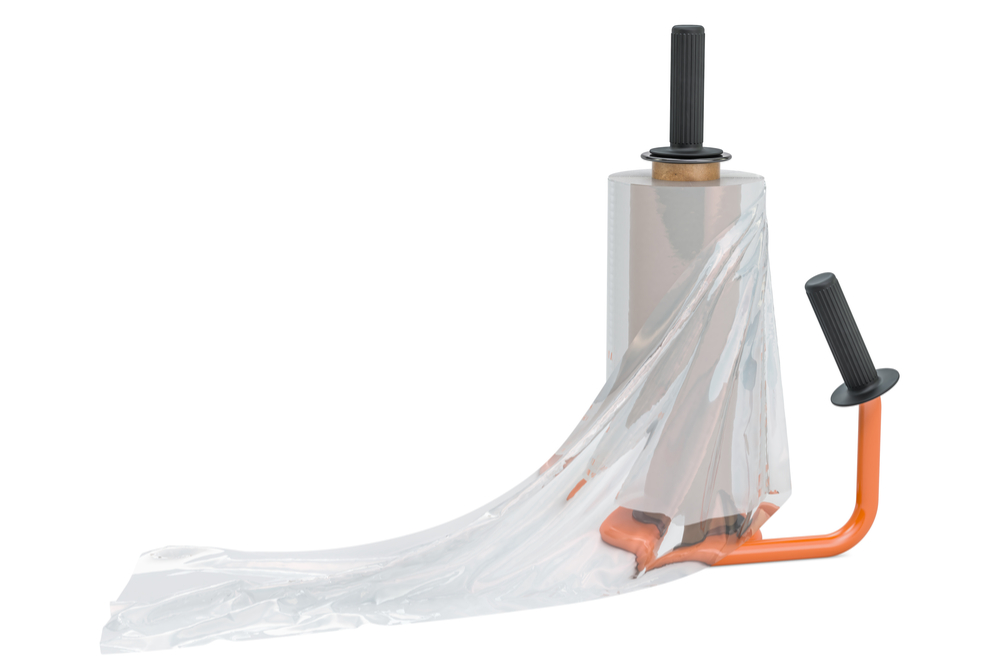
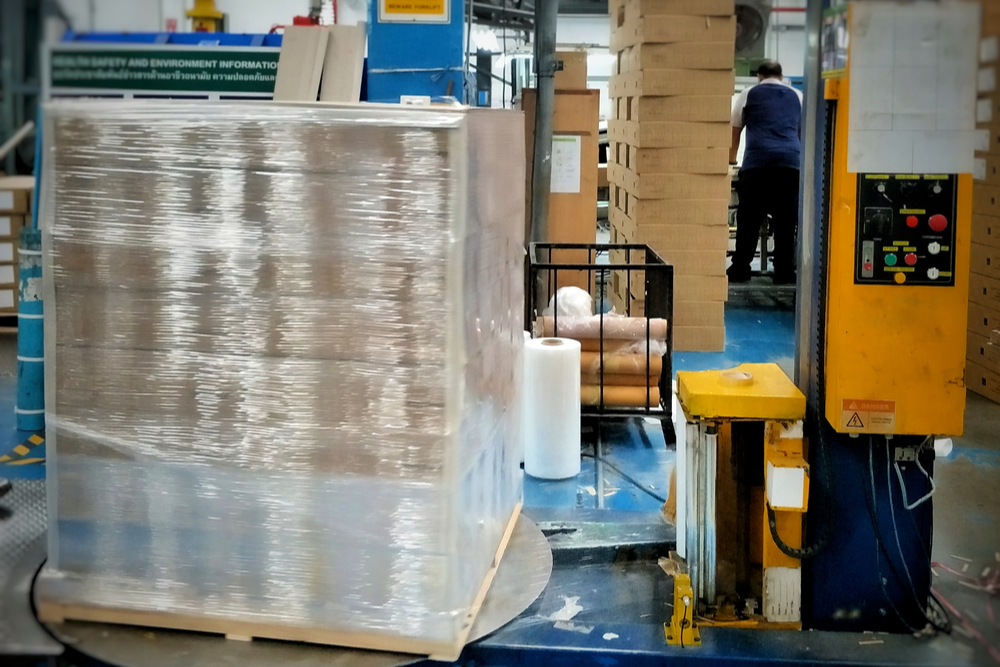
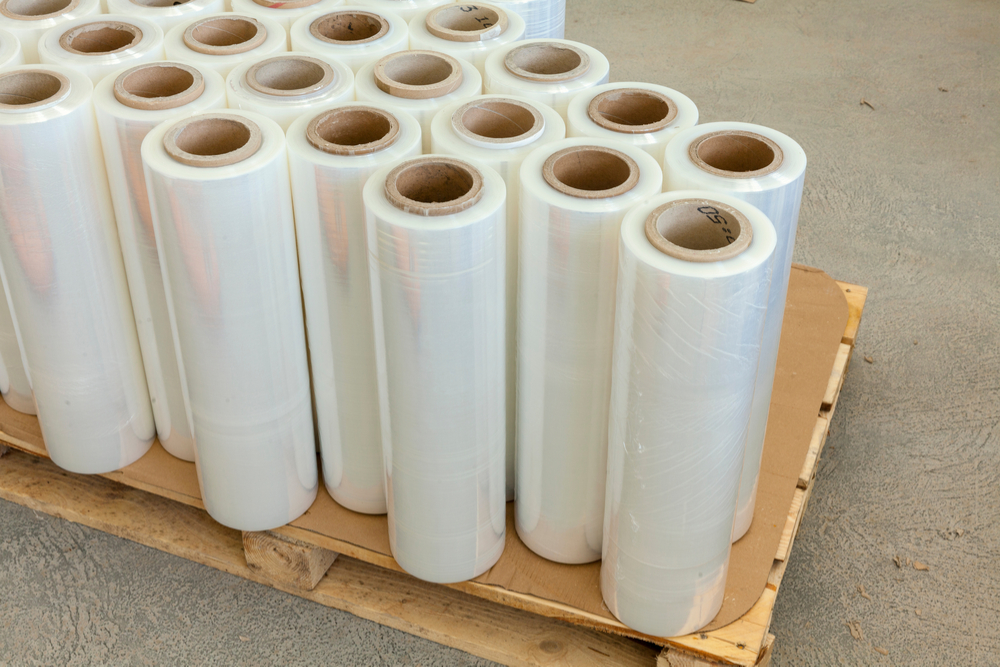
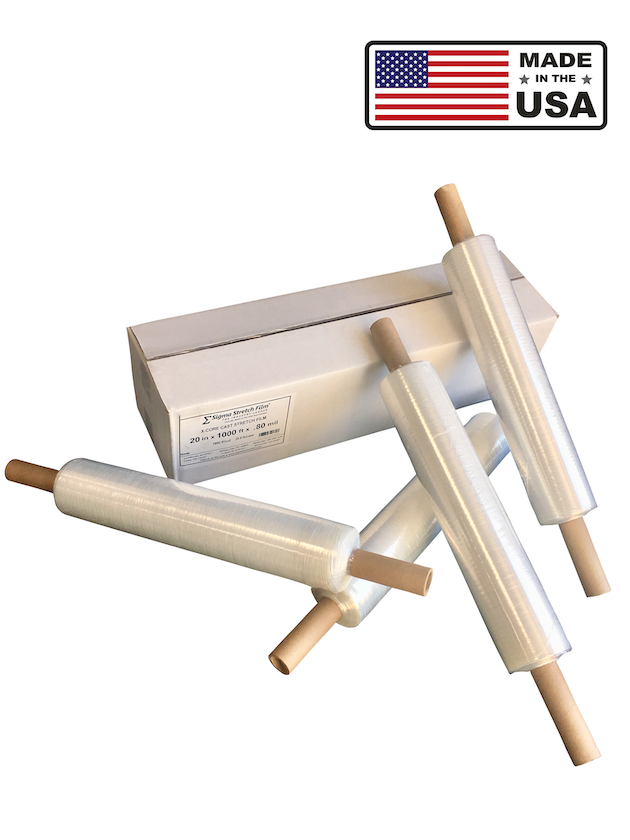

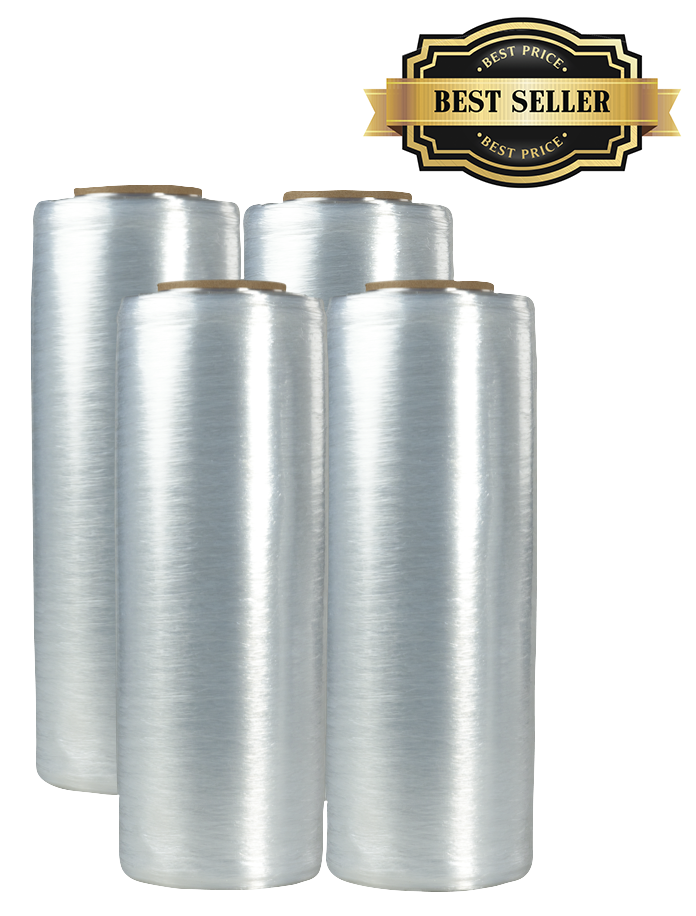
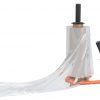
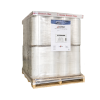
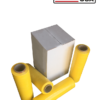
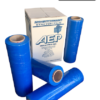
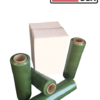
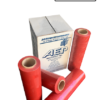

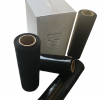

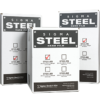
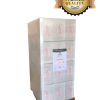

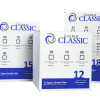


Reviews
There are no reviews yet.